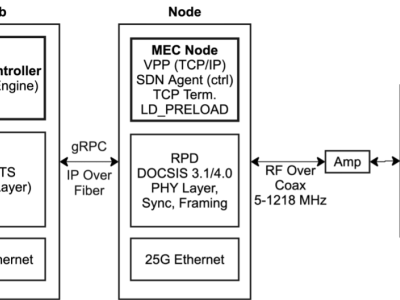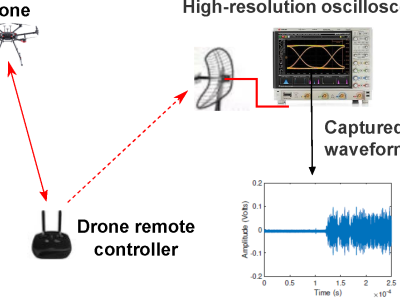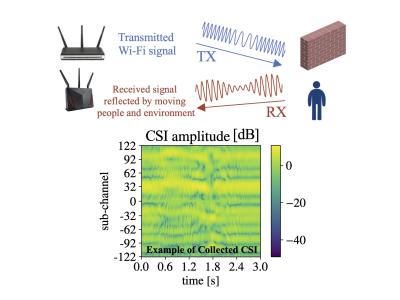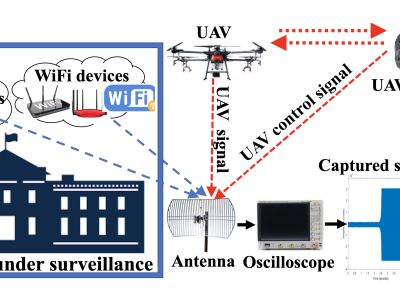Experimental Dataset for Edge-Native Transport Relocation in HFC Access Networks

- Citation Author(s):
-
Ivan Ivanets
(Department of Information Systems and Technologies, Lviv Polytechnic National University, Lviv Ukraine)
Volodymyr Ovsyak(Department of Applied Informatics, Kielce University of Technology, Kielce, Poland)
- Submitted by:
- Ivan Ivanets
- Last updated:
- DOI:
- 10.21227/tfzc-5592
- Data Format:
- Links:
 37 views
37 views
- Categories:
- Keywords:
Abstract
his dataset supports the experimental evaluation of an edge-native architecture for hybrid fiber-coaxial (HFC) networks, where transport-layer (L2–L4) processing is relocated from centralized vCMTS to access-level MEC nodes using the VPP HostStack. While this work focuses on L2–L4 softwarization and transport relocation, application-layer (L5) processing remains out of scope and is identified as a future research direction.
The dataset covers three test scenarios:
- Scenario 1 (Baseline): Both client and server use the Linux kernel TCP stack.
- Scenario 2 (MEC Client): Client uses VPP HostStack (via LD_PRELOAD), server remains on kernel TCP.
- Scenario 3 (Symmetric VPP): Both sides use VPP HostStack in user space.
All tests were conducted with iperf3 using --parallel 1 for 20-second runs, with CPU core pinning via taskset to ensure reproducibility. Included are raw JSON logs, summarized results, plotting scripts, and scenario metadata to enable independent validation.
Instructions:
Directory and File Descriptions
console.log
Raw log output from the Jenkins CI pipeline that executed the CSIT test suite.
It contains full stdout logs, including environment variables, VPP and iperf3 startup messages, and any system-level diagnostic output.
log.html
Detailed test execution log generated by Robot Framework.
This file shows step-by-step execution of each test case (S1–S3), variable substitutions, failure diagnostics (if any), and execution order. Useful for test debugging and procedural audit.
report.html
High-level summary of Robot Framework results.
Includes success/failure status for each test, execution duration, and tags. This file is intended for CI dashboards and human-readable summaries.
output.xml
Raw machine-readable output from Robot Framework, in standard XML format.
Can be used for reprocessing, integration with other CI tools, or generating custom reports.
tests/
Contains all performance test results structured according to the FD.io CSIT hierarchy.
Example Path:
tests/vpp/perf/hoststack/25ge2p1xxv710-eth-ip4tcp-hfc-scenarios-ldpreload-1cl1s-bps/
This directory corresponds to the test suite executed on 25GE Intel XXV710 NICs with:
- user-space VPP HostStack enabled via LD_PRELOAD,
- 1 client, 1 stream,
- 1460B MTU TCP traffic.
tests/.../1460b-1c-eth-ip4tcp-hfc-scenarios-ldpreload-1cl1s-bps.info.json
Primary JSON result file for the test scenario.
This file is formatted according to the OpenTelemetry model and contains:
result.bandwidth.value: aggregate throughput in bits per second,retransmits: TCP retransmission count,duration: actual test runtime,environment: VPP version, NIC driver, kernel, topology, and stack setup,tags: metadata used by CSIT to categorize test parameters.







